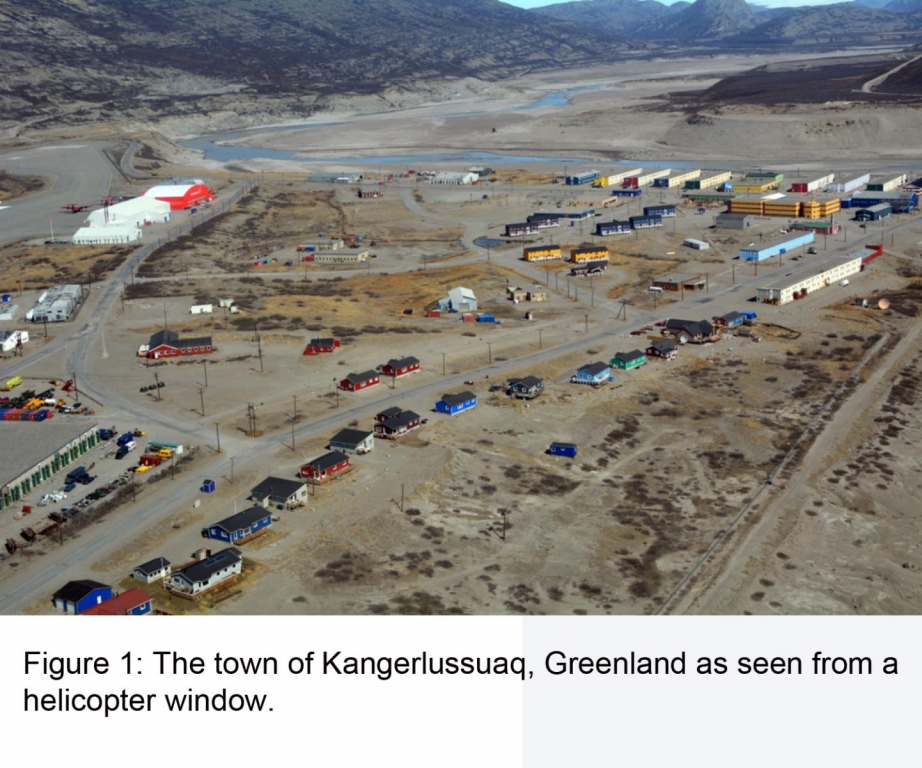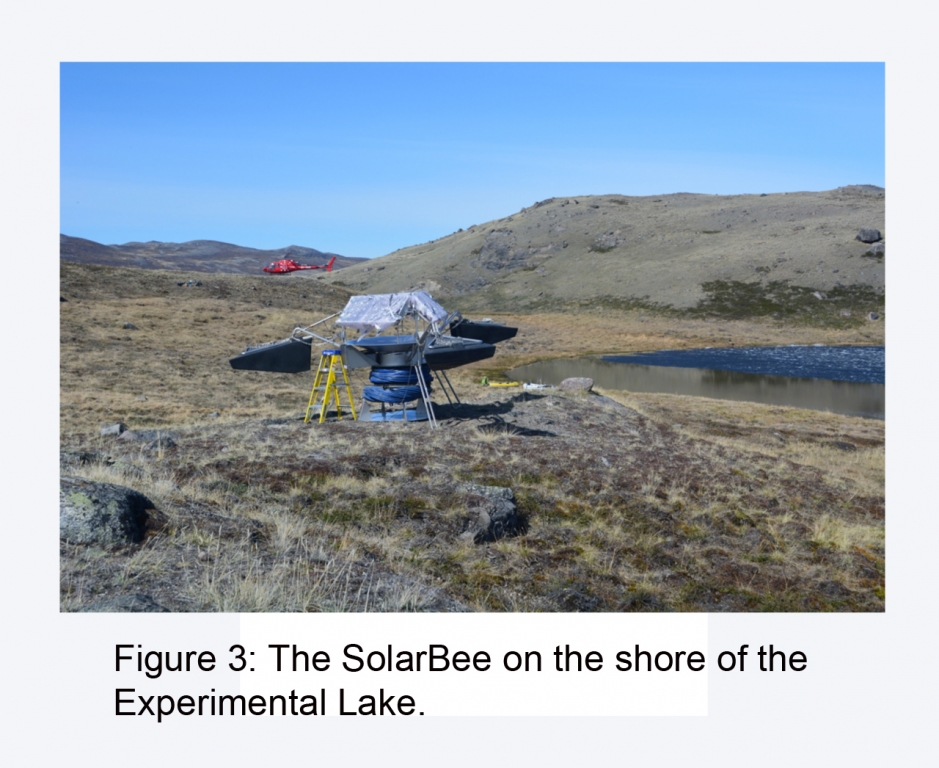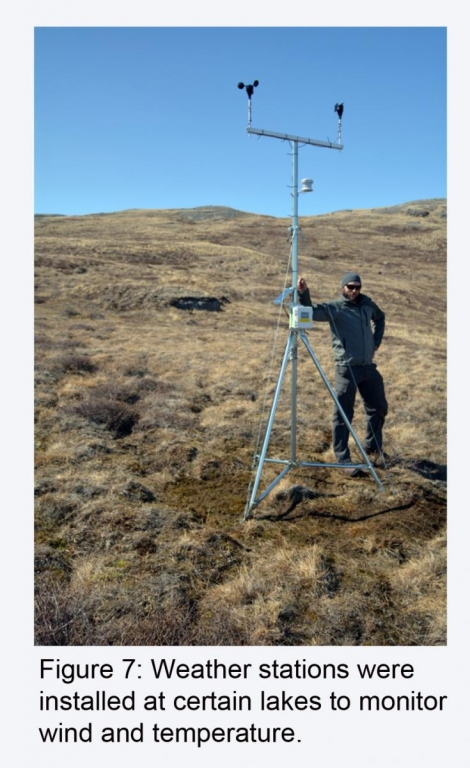Changing Microbial Ecologies in Southwest Greenland Arctic Lakes
Changing Microbial Ecologies in Southwest Greenland Arctic Lakes
Field Team Members: Benjamin Burpee, Jasmine Saros, Robert Northington, Hamish Greig, and Rachel Dicker
Dates: May 27th – June 30th 2014
Kangerlussuaq, Greenland (67°00′31″N 50°41′21″W, Figure 1) is located just above the Arctic Circle on the widest margin of land surrounding the Greenland Ice Sheet (Figure 2). Permafrost in this region is continuous (Bosson et al. 2013), and the lakes are numerous (over 20,000), mostly closed-basin, oligotrophic, and chemically dilute (Anderson et al. 2001). These lakes are sensitive to climate change and undergo algal community reorganizations in response. Though other studies have shown that many Arctic lake ecosystems respond to climate change consistently and uniformly (Smol et al. 2005), variable algal community restructurings have been observed in Southwest Greenland. Based on previous work completed in alpine lakes, our group hypothesized that these dynamic patterns are controlled by individual lake nutrient concentrations and seasonal water mixing depth interactions (Saros et al. 2012). The purposes of my field expedition this past summer was 1) to assist with a whole-lake mixing experiment that tested this hypothesis; 2) to assess relationships between water quality parameters and algal community dynamics in lakes across the landscape; 3) to conduct microbiological experiments and surveys for my thesis research.
To complete the first objective, our group assembled and installed a solar-powered lake mixer (called a SolarBee) into an experimental lake via helicopter following spring ice-off (Figures 3 and 4). Typically, lakes stratify throughout the summer due to increased temperatures, resulting in a warm upper layer and cool lower layer of water. The SolarBee delivered cold water from the bottom of the lake to the surface. Therefore, stratification was prevented from fully occurring within our experimental lake. This allowed us to test our hypothesis by observing the effect of lake mixing depth on algal ecology. We will be able to compare the effects of this event to a nearby control lake that fully stratified, and to last year when the experimental lake was monitored and sampled, but remained undisturbed and stratified. The second objective was completed with a 24-lake survey study (see Figure 1). Lakes were accessed by hiking, truck, or helicopter (Figure 5). Lakes were sampled for physical, chemical, and biological parameters (Figures 6 and 7).
Thirdly, I was able to conduct an experimental study for my thesis research. I tested the potential for heterotrophic bacteria to degrade dissolved organic carbon within four lakes using a microcosm bottle experiment. Dissolved organic carbon (DOC) is a large, heterogeneous group of compounds, constitutes the largest pool of carbon within lake water (Wetzel 2001), and is derived from aquatic and terrestrial sources. DOC is a very important ecosystem regulator and can determine lake mixing depth (Williamson et al. 1999). Additionally, its degradation by bacteria can generate greenhouse gases (CO2 and CH4). Therefore, this smaller study is important to the broader scope of our multi-year project in Southwest Greenland.
This research would not have been possible without the generous funding from the Churchill Exploration Fund. Travel to and from Greenland is very expensive compared to European flights, and the Churchill grant provided the means to pay for this expense. In addition, many of my study lakes were located in remote areas. Therefore, access to them was only possible through a combination of hiking, truck, and helicopter transportation. A portion of the funding received from this grant also paid for truck rental so that all target lakes were able to be sampled.
With regard to our objectives, this expedition was a success. The lake mixing was effective, and will hopefully provide us insight into forcers of algal ecological variability observed across the region. The lake survey will provide us with data to assess relationships between nutrients and water quality parameters and contemporary microbial ecologies. Lastly, my thesis research will determine whether microbial degradation of DOC is significant within our sample lakes, and how this process can be affected by nutrient dynamics. Collectively, this project will provide significant insight into how climate change is affecting freshwater ecologies in the Arctic.








